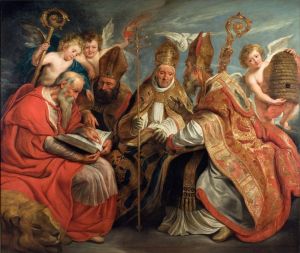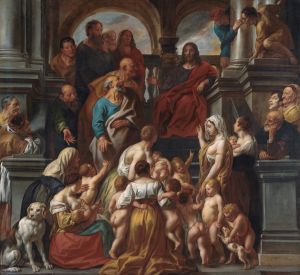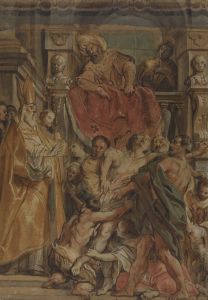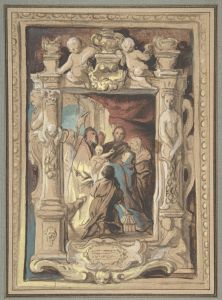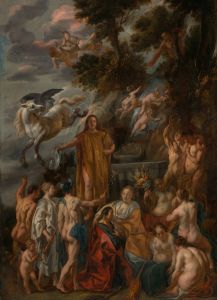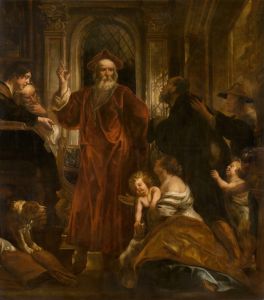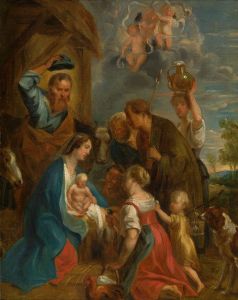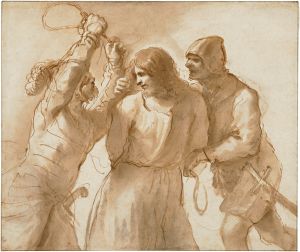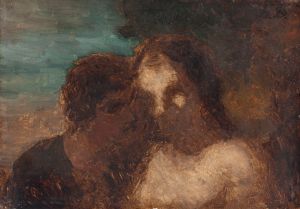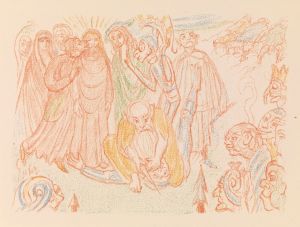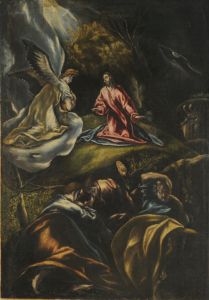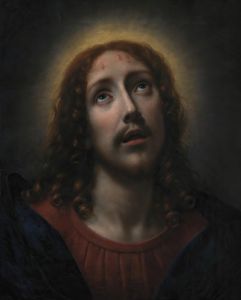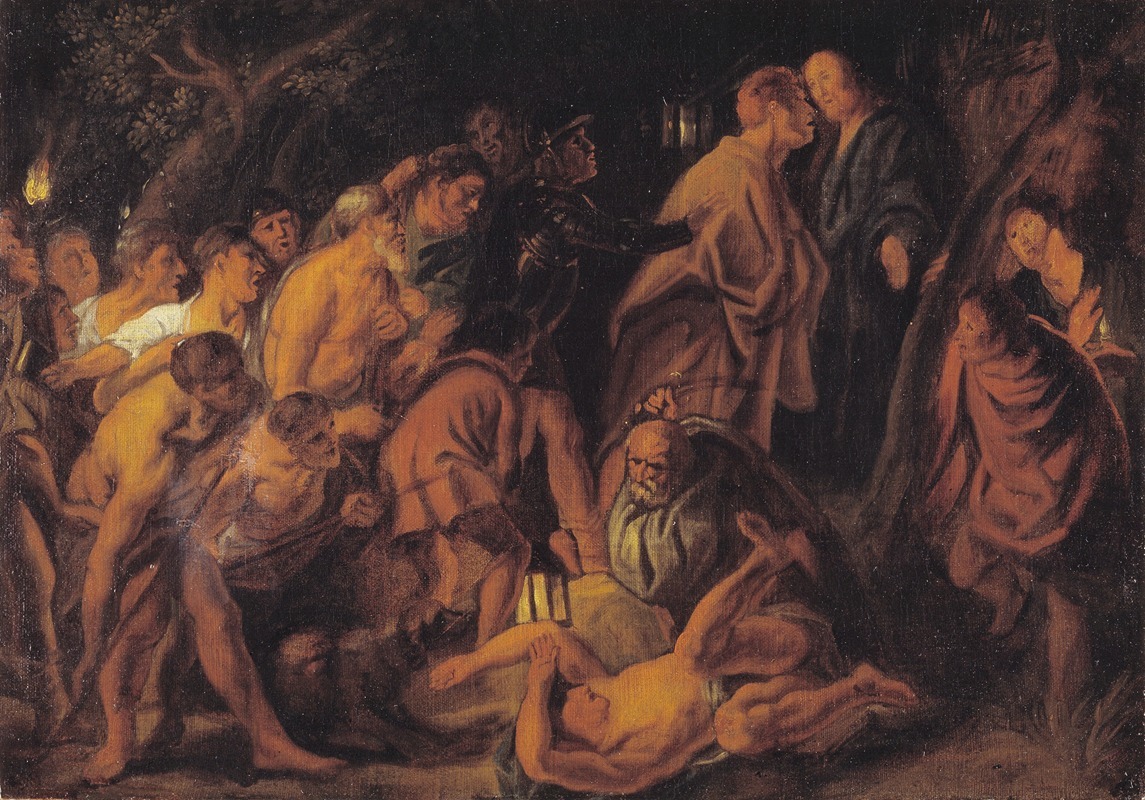
The Betrayal and Arrest of Christ in Gethsemane
A hand-painted replica of Jacob Jordaens’s masterpiece The Betrayal and Arrest of Christ in Gethsemane, meticulously crafted by professional artists to capture the true essence of the original. Each piece is created with museum-quality canvas and rare mineral pigments, carefully painted by experienced artists with delicate brushstrokes and rich, layered colors to perfectly recreate the texture of the original artwork. Unlike machine-printed reproductions, this hand-painted version brings the painting to life, infused with the artist’s emotions and skill in every stroke. Whether for personal collection or home decoration, it instantly elevates the artistic atmosphere of any space.
Jacob Jordaens, a prominent Flemish Baroque painter, is known for his dynamic compositions and vibrant use of color. Among his works is "The Betrayal and Arrest of Christ in Gethsemane," a painting that captures a pivotal moment from the New Testament. This artwork depicts the scene in the Garden of Gethsemane where Jesus is betrayed by Judas Iscariot and subsequently arrested by the Roman soldiers.
Jordaens was born in 1593 in Antwerp, where he spent most of his life. He was a contemporary of Peter Paul Rubens and Anthony van Dyck, and although he never traveled to Italy, Jordaens was heavily influenced by the Italian Renaissance and Baroque styles. His work is characterized by its robust figures, dramatic lighting, and intense emotional expressions, all of which are evident in "The Betrayal and Arrest of Christ in Gethsemane."
The painting illustrates the moment of betrayal with vivid intensity. Judas Iscariot, one of Jesus's twelve apostles, is shown identifying Jesus to the soldiers by giving him a kiss, an act that has since become synonymous with betrayal. Jordaens captures the tension and chaos of the scene through his use of chiaroscuro, a technique that contrasts light and dark to create a sense of volume and drama. The figures are rendered with a sense of immediacy and movement, drawing the viewer into the unfolding drama.
Jordaens's composition is notable for its crowded and dynamic arrangement. The figures are closely packed, emphasizing the urgency and confusion of the moment. Jesus is depicted with a calm and resigned expression, in stark contrast to the aggressive postures of the soldiers and the anxious demeanor of the apostles. This contrast highlights the moral and spiritual themes of the scene, focusing on Jesus's acceptance of his fate.
The artist's use of color further enhances the emotional impact of the painting. Rich, warm tones dominate the canvas, with deep reds and browns conveying the gravity of the event. The play of light across the figures adds depth and highlights the central action, drawing attention to the pivotal moment of Judas's kiss.
While Jordaens is often overshadowed by Rubens and van Dyck, his work on religious themes, such as "The Betrayal and Arrest of Christ in Gethsemane," demonstrates his mastery of narrative and his ability to convey complex emotions through art. This painting is a testament to Jordaens's skill in capturing the human condition and the dramatic intensity of biblical stories.
"The Betrayal and Arrest of Christ in Gethsemane" is an important example of Jordaens's religious work, reflecting both his technical prowess and his deep engagement with the spiritual and moral questions of his time. The painting remains a significant piece within the context of Flemish Baroque art, illustrating Jordaens's contribution to the rich tapestry of 17th-century European painting.





